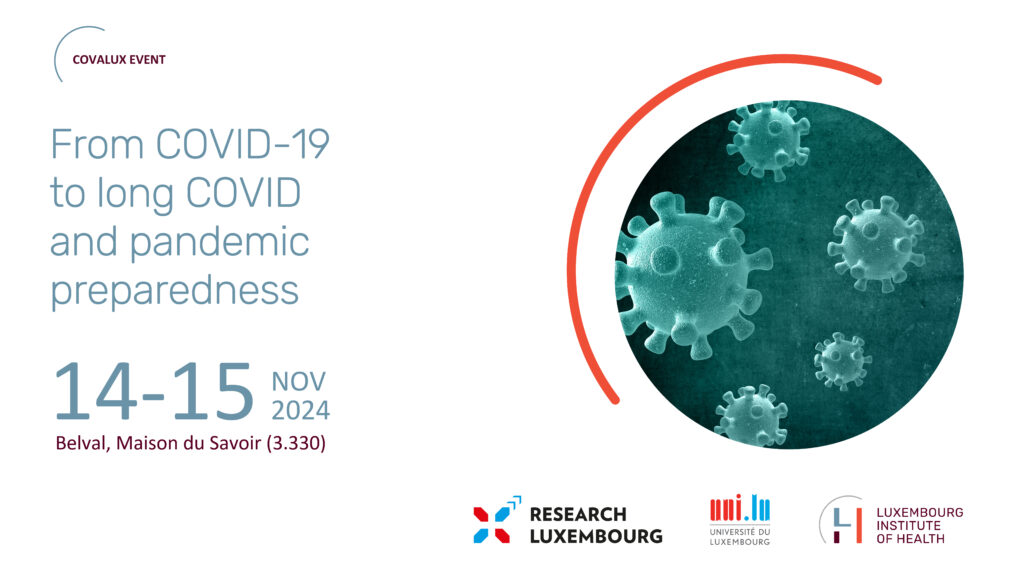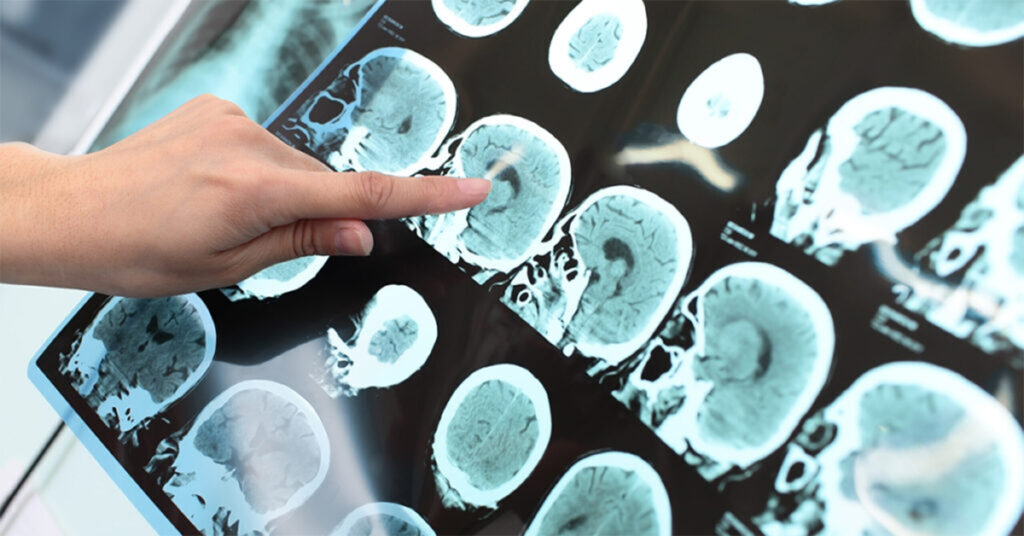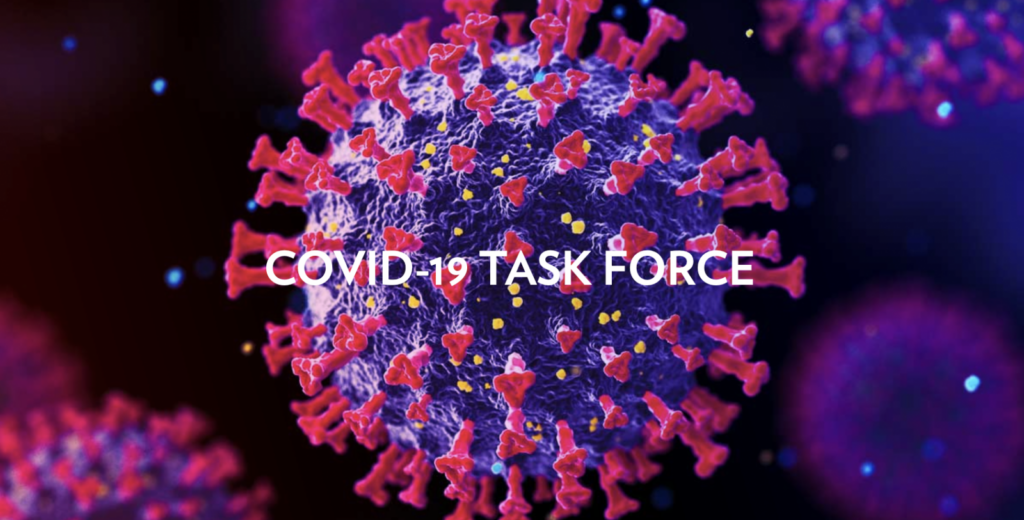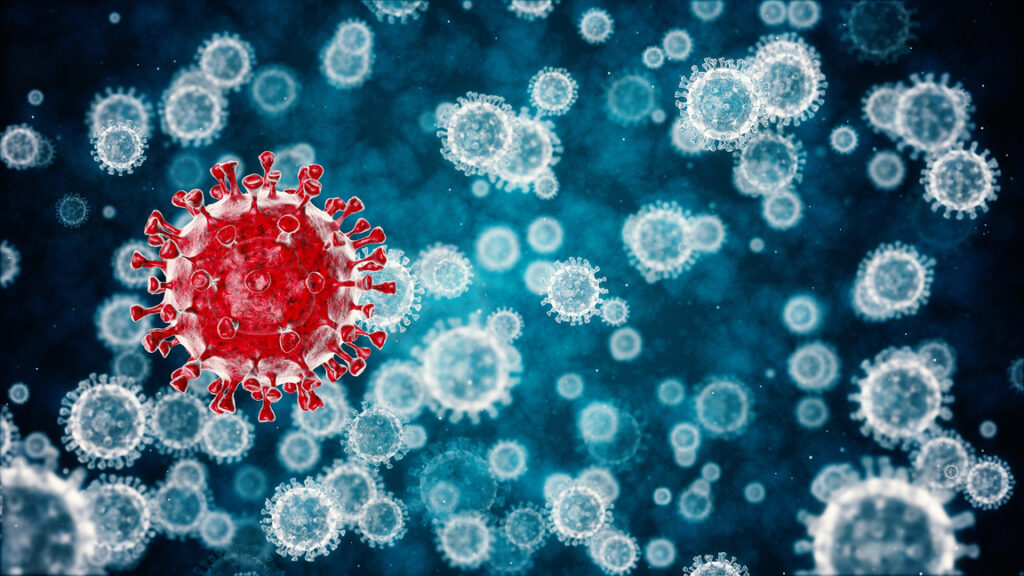- Forschungsspektrum
- Translationale Forschung
- Transversale Translationale Medizin (TTM)
- Operationszentrum für Translationale Medizin (TMOH)
- Büro für Klinisches Projektmanagement (CPMO)
- Zentrum für Klinische und Epidemiologische Untersuchungen (CIEC)
- Luxemburger Zentrum für Klinische und Translationale Forschung (LCTR)
- Integrierte Biobank von Luxemburg (IBBL)
- Disease Modeling & Screening Platform (DMSP)
- Luxgen Genom Zentrum
- Plattform für Forschungspathologie (RPP)
- Forschungsprojekte und klinische Studien
- Unterstützen Sie uns
- Translationale Forschung
News
COVID-19: Where does it really come from?
Bitte beachten Sie, dass dieser Artikel derzeit nur auf Englisch verfügbar ist. Eine Übersetzung ins Deutsche wird in Kürze verfügbar sein.
30 März 2020
6minuten
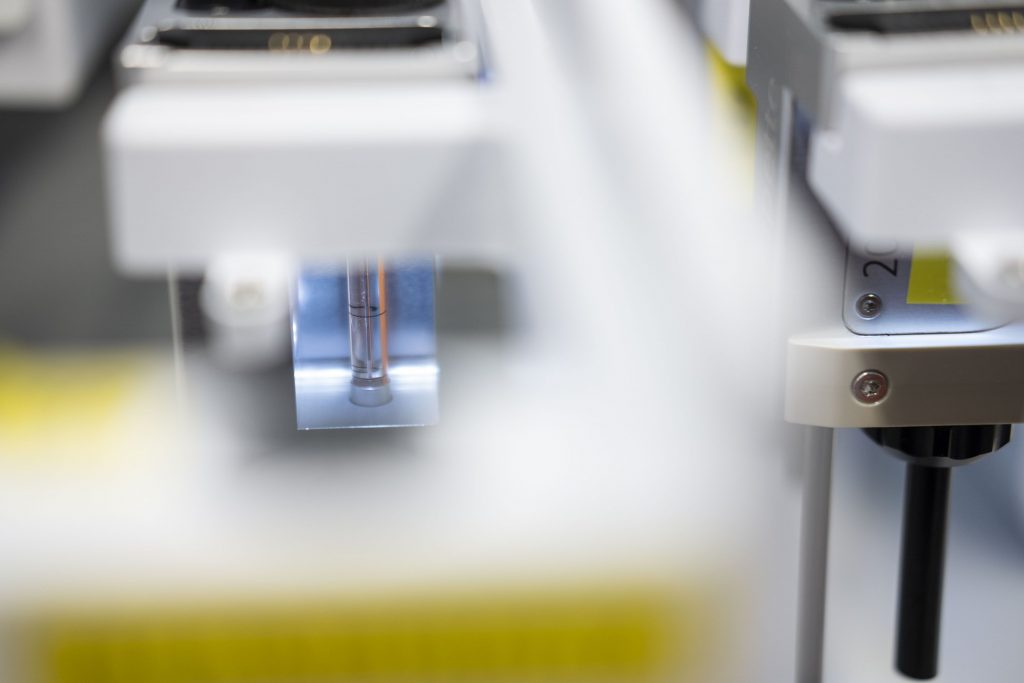
From conspiracy theories to actual science
Since the first outbreak of the novel pneumonia (COVID-19) in Wuhan (China), a lot of conjectures have been formulated as to the origin of the causative virus, SARS-CoV-2, which is the seventh coronavirus known to infect humans. Some of these include accidental escapes of the virus from research laboratories, but also conspiracy theories suggesting the virus was engineered and calculatingly manipulated in order to decimate the world population. As is often the case, the most plausible answer lies in science, and more specifically genetics/genomics. A recent article published in Nature examines the genomic features of the virus, refuting the fake news that SARS-CoV-2 originated in a lab and suggesting that is indeed the result of natural selection.
SARS-CoV-2 is a spherical virus characterised by several surface “spikes”, conferring it its signature crown-like structure and coronavirus appellation. These spikes (S) contain two functional domains: a receptor binding domain, which allows the virus to “dock” on the surface of the host cell, and a second domain which mediates the fusion of the viral and cell membranes, resulting in the entry of virus particles in the cell. The Nature article analyses the notable genetic characteristics of these two components in SARS-CoV-2 and discusses possible scenarios which may have led to their emergence and consequent spread of the virus among human beings.
Docking on human cells: mutations in the receptor-binding domain
Structural studies and biochemical experiments have revealed that the spikes of SARS-CoV-2 appear to have a receptor-binding domain (RBD) that has a particularly high affinity for the human receptor ACE2. Angiotensin converting enzyme 2 (ACE2) is a protein expressed on the surface of cells lining the interior of the lungs and intestine, which has been shown to be the main entry point into human cells for several coronaviruses, including SARS-CoV-2. Nevertheless, the RBD of SARS-CoV-2 is very different from the RBD of the coronavirus responsible for the 2003 SARS outbreak, which was known to be ideal for binding receptors on human cells. This led the scientists to assume that the high affinity of the SARS-CoV2 spike protein for ACE2 is most likely the result of natural selection, which gave rise to a mutant but equally optimal RBD. Hence, it is highly unlikely that SARS-CoV-2 was purposefully created in a lab, since a potential perpetrator could not have predicted that such an RBD would be able to bind to human cells so well.
Infecting the cell: leveraging on human molecular “scissors”
Once the virus has docked on the host cell through the RBD-ACE2 interaction, it needs to enter the cell in order to replicate inside it. This occurs when the spike protein gets “cut” by specific enzymes of the host cell, resulting in the fusion of the viral membrane with the cell membrane. This cutting process – known as cleavage – is the factor that determines whether a virus can effectively cross species and infect humans. Coronaviruses that can dock on a human cell but whose spikes are not cleaved by human “scissor” enzymes cannot enter the cell, therefore proving harmless for humans. In the case of SARS-CoV-2, studies have shown the presence on the spike protein of a cleavage site between the RBD and the domain responsible for mediating the fusion between membranes. This cleavage site is recognised by a specific type of “scissor” enzymes, furin proteases, and is known as furin cleavage site. Furin proteases are abundant in the human respiratory tract, and it is possible that the SARS-CoV-2 spike is cleaved by them, consequently allowing the virus to efficiently infect human cells. By comparison, one of the closest coronaviruses to SARS-CoV-2 does not display the furin cleavage site, further suggesting that SARS-CoV-2 cannot have been engineered intentionally in a lab based on a closely-related existing coronavirus.
Natural selection as a plausible origin
If not specifically engineered as part of a conspiracy or experimental research gone awry, then where does SARS-CoV-2 come from? The authors of the Nature publication offer two possible theories: natural selection in an animal host before the virus jumped to humans, and natural selection in humans following this jump.
As many early cases of COVID-19 were traced back to the Huanan market in Wuhan, it is possible that an animal source present at this location served as a reservoir host – a sort of incubator which could have generated the precursor of the SARS-CoV- 2. Indeed, given the high similarity of SARS-CoV- 2 to various bat coronaviruses, it is likely that bats fulfilled this role. However, even the most genetically similar bat coronavirus displays a different RBD to that of the SARS-CoV-2, implying that it cannot bind efficiently to human cells. In parallel, pangolins (scaly anteaters), contain coronaviruses that exhibit a very similar RBD, despite being generally less genetically similar to the SARS-CoV-2. These observations show that natural selection took place, mixing the different genetic elements of the two coronaviruses and giving rise to a novel “super powerful” spike protein perfectly able to bind to human cells and infect them. Nevertheless, neither of the two coronaviruses display the furin cleavage site, suggesting that this element could have originated through genetic recombination and mutations by a natural evolutionary process.
It is also possible that the progenitor of SARS-CoV-2 jumped into humans, acquiring both the RBD and the furin cleavage site through adaptation during undetected human-to-human transmission, leading to the current pandemic. Since the pangolin coronavirus has a similar RBD, it is likely that the virus that jumped into humans also had this feature. As for the furin cleavage site, it is possible it originated during the first transmissions from human to human.
All in all, further research is needed to confirm one of these scenarios and to precisely elucidate the early events that led to the emergence of the SARS-CoV-2 and ensuing worldwide pandemic. This is particularly important if the host reservoir was an animal species, since understanding how an animal virus jumped boundaries to infect humans so productively will help reduce risks of future recurrences.
The full Nature article can be accessed here.
MORE INFORMATION
For the latest news about COVID-19, visit coronavirus.lih.lu

